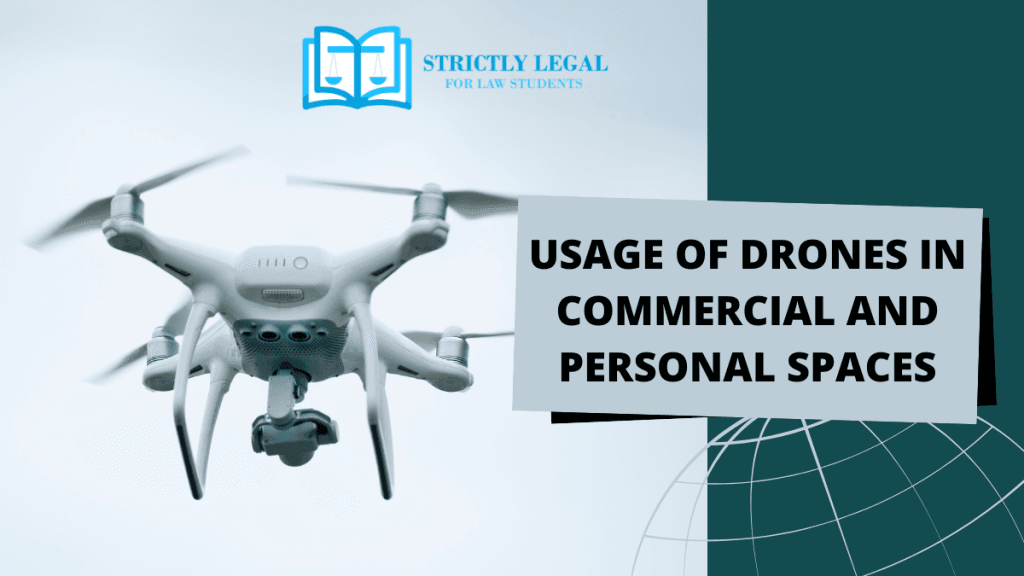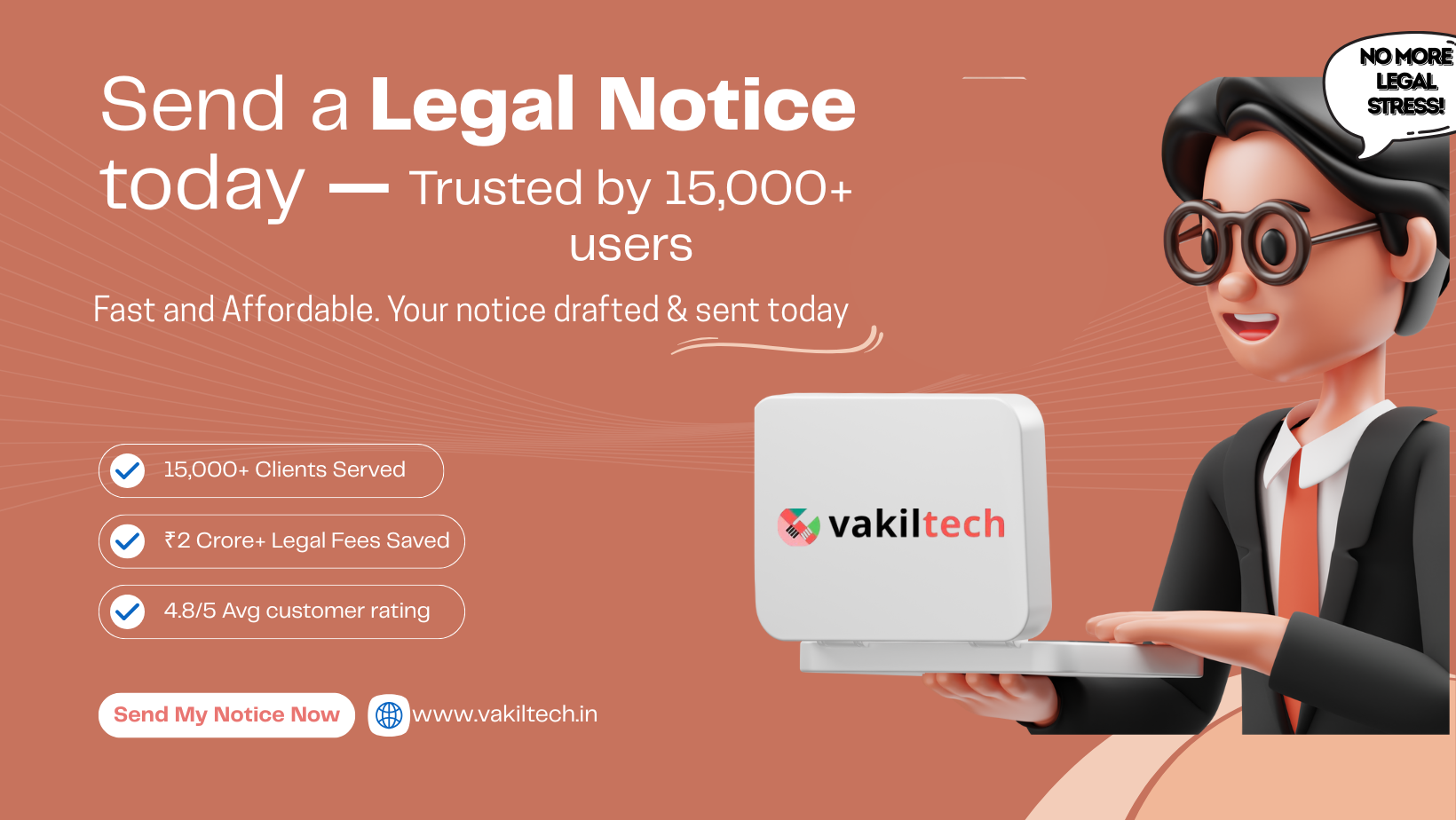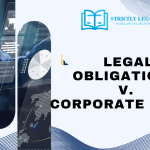Drones, once considered a futuristic novelty, have rapidly become an integral part of our everyday lives. From delivering packages to capturing breathtaking aerial footage, drones are now being utilized in a variety of sectors. However, as drone usage grows, so too does the need for clear legal guidelines and regulations. Whether for commercial enterprises or personal use, the legal framework surrounding drones is continually evolving to balance innovation with safety, privacy, and ethical considerations.
Unmanned Aircraft Systems (UAS) is the colloquial term for a drone. The three categories of unmanned aircraft are model aircraft, autonomous aircraft, and remotely piloted aircraft. The necessary command and control links, the remote pilot station or stations, and any other parts listed in the type design make up the remotely piloted aircraft. Package delivery, agriculture (spraying pesticides, etc.), environmental monitoring, aerial photography, and search and rescue operations are just a few of the applications for drones. The Ministry of Civil Aviation (MoCA) on 14th July released the updated draft Drone Rules, 2021. These Drone Rules 2021 will replace the Unmanned Aircraft System Rules 2021 that was released on 12 March 2021. We will further study the Drone Regulations, 2021.
Table of Contents
The Commercial Drone Boom
Drones have been transforming multiple industries, including logistics, agriculture, real estate, filmmaking, and surveillance. Companies like Amazon have pioneered the concept of drone delivery, hoping to revolutionize the logistics industry by speeding up the delivery process and reducing human labor. In agriculture, drones are used to monitor crops, collect data, and spray fertilizers or pesticides, offering farmers more precise control over their fields.
However, the widespread adoption of drones in commercial spaces raises several legal issues that need to be addressed:
Airspace Regulations
one of the most significant legal concerns is where drones can fly. National aviation authorities, such as the Federal Aviation Administration (FAA) in the U.S., have implemented strict regulations to ensure drones do not interfere with manned aircraft. In the U.S., drones must typically stay below 400 feet and must be within the operator’s line of sight. For commercial drone usage, businesses are required to obtain special waivers or licenses, such as the FAA’s Part 107 certification, to legally operate drones for profit.
In addition to federal regulations, there are state and local laws governing drone usage, and these laws can vary widely. This patchwork of regulations can make it difficult for businesses to navigate the rules, especially when operating in multiple jurisdictions.
Privacy Concerns
As drones can fly at high altitudes and capture images or videos over large areas, concerns about privacy are at the forefront of commercial drone regulations. The ability to use drones for surveillance purposes, including monitoring crowds, tracking individuals, or inspecting private property, has sparked debates about the right to privacy.
To address these concerns, many countries have implemented laws requiring companies to obtain explicit consent before using drones to capture personal data or record individuals in certain settings. For instance, businesses using drones for aerial photography must ensure they do not capture individuals or private property without permission. Violating privacy laws could result in significant fines and damage to a company’s reputation.
Insurance and Liability
Commercial drone operators must also address issues related to insurance and liability. Drones are prone to accidents, whether due to mechanical failure, pilot error, or environmental factors. In cases of damage or injury, determining who is at fault and how to compensate affected parties can be complicated.
Insurance policies specifically designed for drone operations are becoming more common, with coverage options including damage to property, injury to individuals, and damage caused to the drone itself. For businesses, drone-related insurance is essential to mitigate the risks associated with this emerging technology.
The Personal Use of Drones: Regulations and Limitations
While drones are increasingly used for business purposes, their popularity among hobbyists and recreational users is also on the rise. However, personal drone users must also adhere to certain regulations to ensure they are flying safely and legally.
Recreational Drone Laws
For personal use, the FAA and other national aviation bodies have set guidelines to ensure drone hobbyists operate safely. In the U.S., drones flown for recreational purposes must follow rules such as:
- Flying below 400 feet
- Maintaining visual contact with the drone
- Avoiding restricted airspace, including near airports
- Registering drones that weigh more than 0.55 pounds with the FAA
In addition to federal laws, many local governments have passed ordinances restricting drone use in public spaces, such as parks or near private property, to prevent privacy violations and ensure public safety.
No-Fly Zones
One of the most critical aspects of both commercial and personal drone regulations is the establishment of no-fly zones. Drones are prohibited from flying in certain areas, such as near airports, military bases, and government buildings, due to security concerns. These no-fly zones are often monitored by law enforcement agencies, and violators could face serious penalties.
For personal drone operators, it is essential to be aware of these restricted areas. Many drone manufacturers have incorporated technology into their devices that prevents them from flying in these zones, but users are still responsible for knowing where they can and cannot fly.
Safety Regulations
In addition to privacy and airspace concerns, personal drone operators must consider safety when flying. The FAA mandates that drone operators take measures to avoid collisions, respect other aircraft, and operate their drones in a manner that does not endanger people or property.
Many local jurisdictions also have laws preventing drones from flying over crowds, private property, or other sensitive locations. While flying a drone for fun can be an exciting experience, personal users must remember their responsibilities to avoid accidents or infringing on others’ rights.
Applicability of drone regulations
All Indian citizens who own, possess, or are engaged in the manufacturing, exporting, importing, trading, leasing, operating, transferring, or maintenance of drones; and all drones that are presently in use within or over India. The Drone Regulations hence covers all the aforementioned provisions. Drones and matters related to or incidental to them are exempt from the provisions of the Aircraft Rules, 1937, with the exception of those portions whose application is expressly mentioned in these rules. Drones weighing more than 500 kilos total are subject to the 1937 Aircraft Rules. These restrictions do not apply to drones used by the Union’s air, military, or naval forces.
Certificate to Fly a Drone
If a drone type satisfies the required certification standards, the Quality Council of India or a certification body approved by the Central Government or the Quality Council of India may grant an airworthiness certificate based on an application submitted by a manufacturer or importer of that kind of drone on the digital sky platform. According to the Quality Council of India’s recommendation, the Central Government may establish the requirements for obtaining a drone’s certificate of airworthiness. In addition to India’s regional navigation satellite system, Navigation with Indian Constellation (NavIC), these recommendations might promote the use of drones, tech, designs, and components created in India.
For drone flying in India, research and development organizations are no longer required to have a type certificate, a unique identifying number, previous authorization, or a remote pilot license. Additionally, the Quality Council of India and other organizations authorized by the Quality Council of India will handle all drone type certification under the new standards.
Applicants wishing to apply for flying a drone in India can now apply for drone certification with just a single D-1 form which can be submitted through Digital Sky following these steps:
- Fill in the name, contact details, and GSTIN on the form
- Details and supporting documents regarding the prototype drone
- Proof of fee payment
- Handing over the prototype drone to the certification body
Rule 12 of the Drone Rules lays down exemptions of drone certification. It says that no certificate of airworthiness shall be required for manufacturing, importing or operating:
- prototype drone for the purpose of research and development;
- prototype drone for obtaining certificate of airworthiness; and
- nano drone.
Penalty for non-compliance of the Drone Rules, 2021
Following a hearing, the Director-General or an officer designated by the Central Government, State Government, or Union Territory Administration may, in accordance with Section 10A of the Aircraft Act, 1934, impose a fine of up to one lakh rupees for reasons to be documented in writing if he is convinced that an individual has violated or failed to comply with the provisions of these regulations. The Director-General or an officer designated by the Central Government, State Government, or Union Territory Administration may, after providing a hearing, cancel or suspend any license, certificate, authorization, or approval granted under these rules if he is convinced that an individual has violated or failed to comply with their terms.
Conclusion
The legal landscape surrounding drones in both commercial and personal spaces is evolving rapidly. As drone technology advances, regulators face the challenge of creating a balanced legal framework that supports innovation while ensuring safety, privacy, and fairness. Commercial operators and recreational users alike must stay informed about the changing regulations to avoid legal complications. As drones continue to soar, the laws that govern their use will need to adapt to the ever-changing skies.

Law student.
Turning legal insights into engaging narratives.





